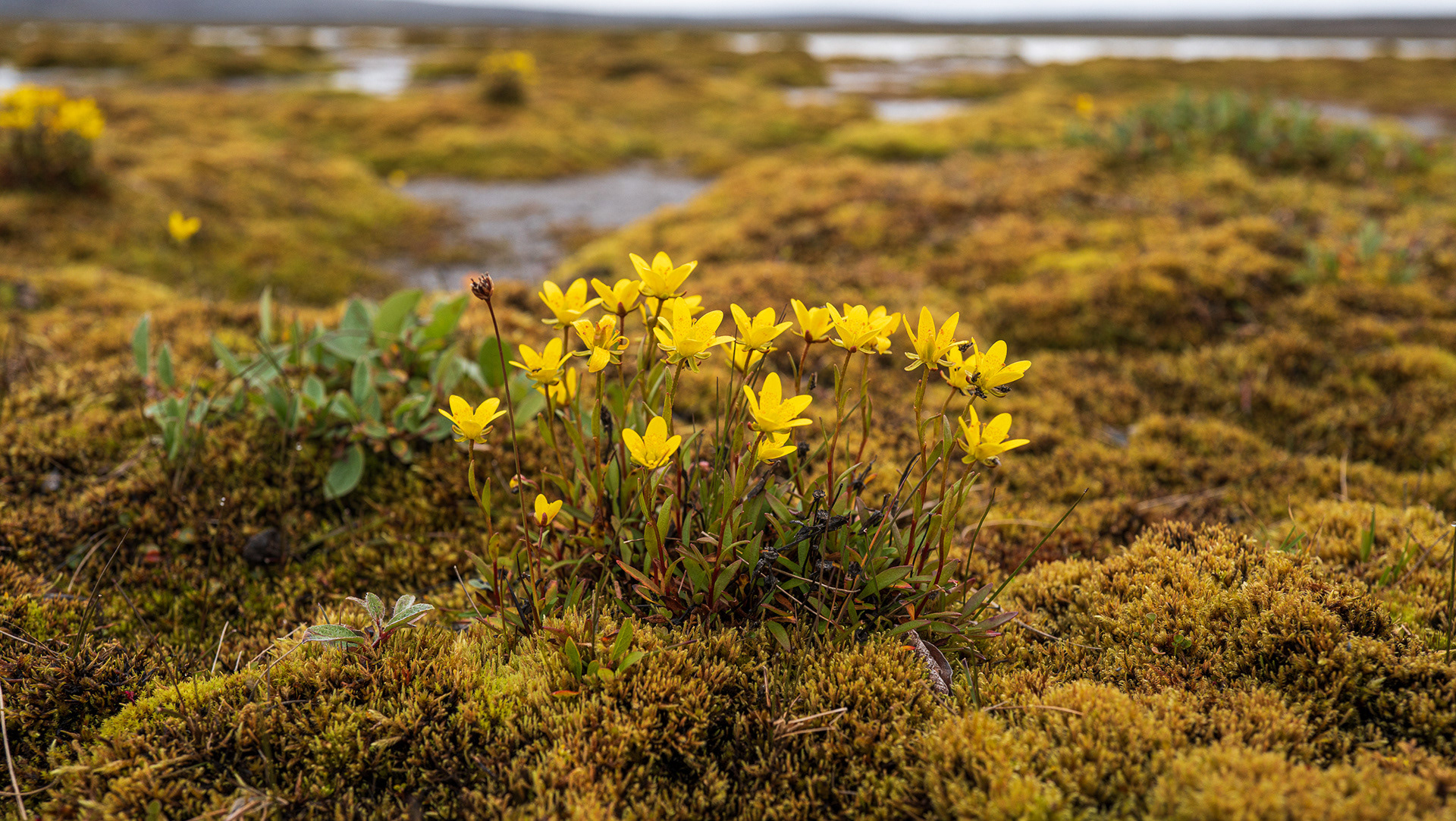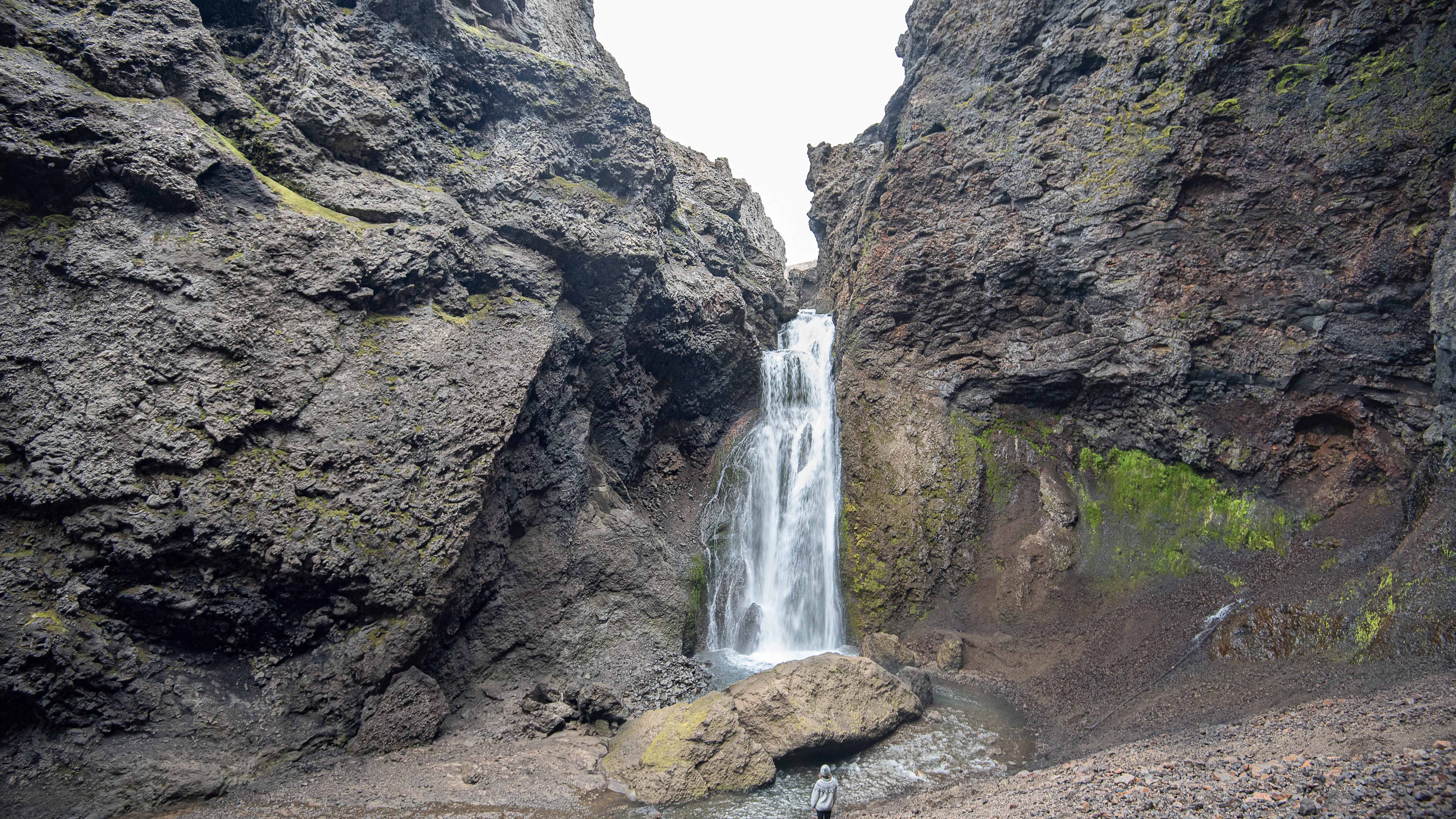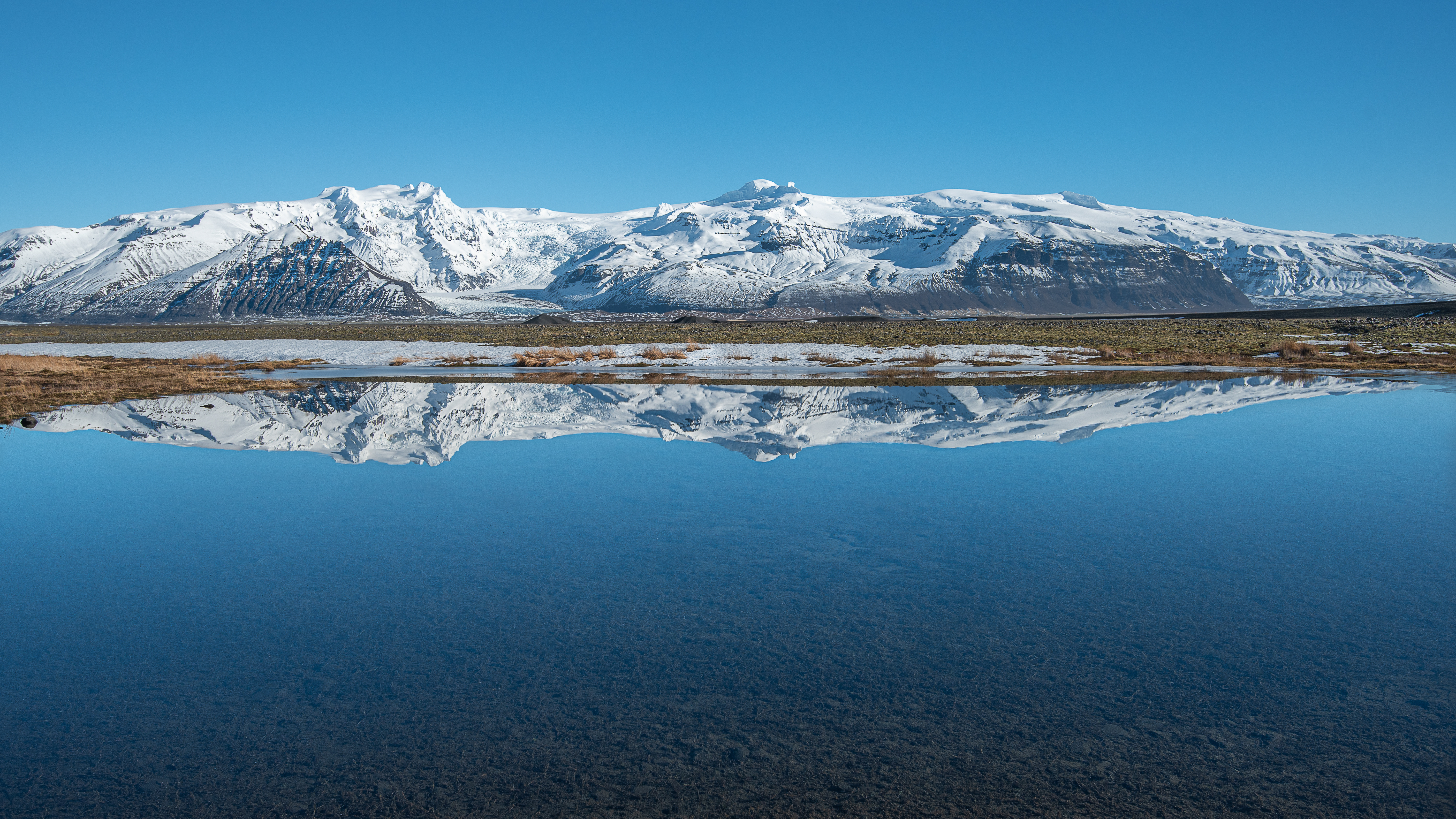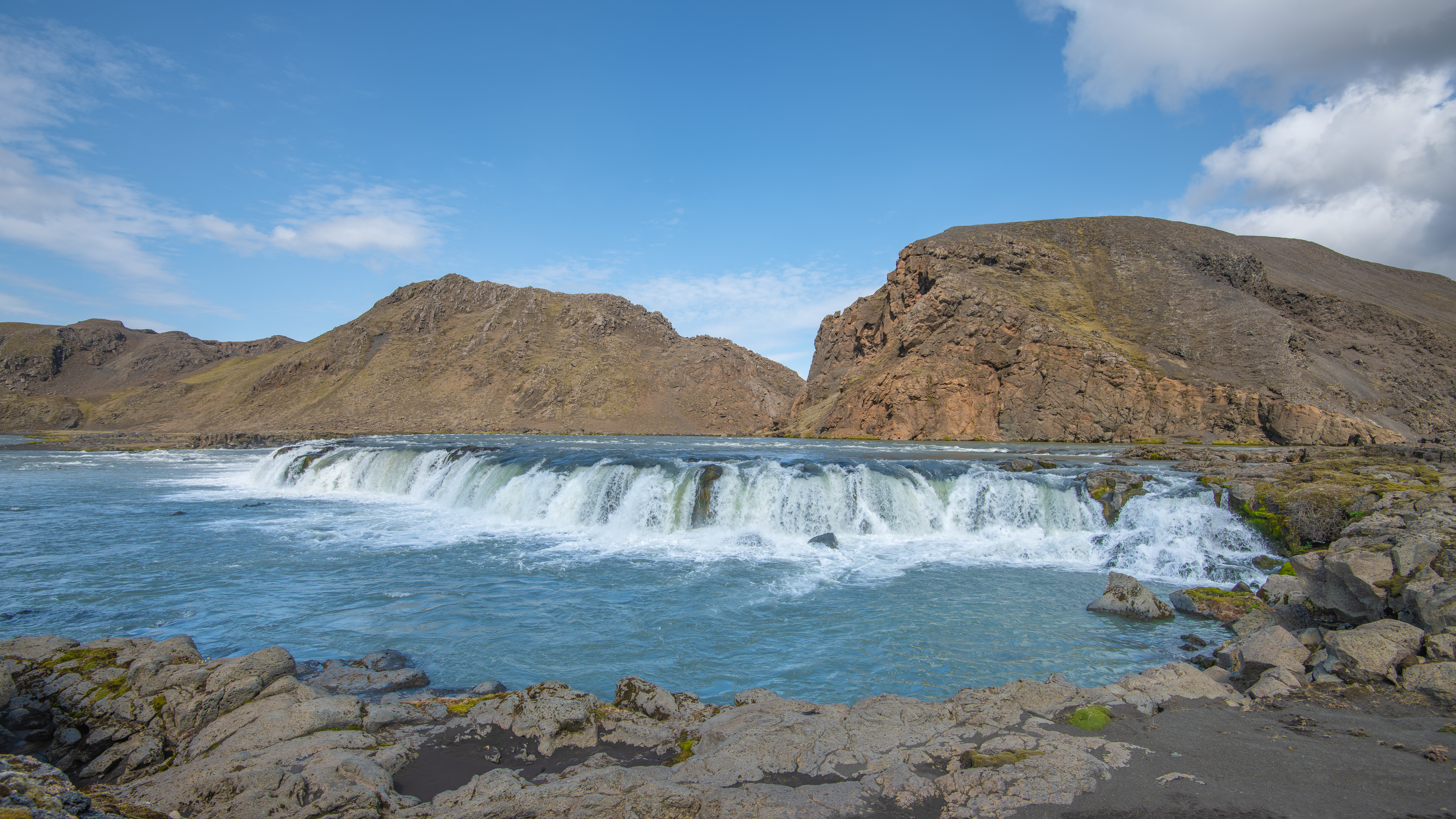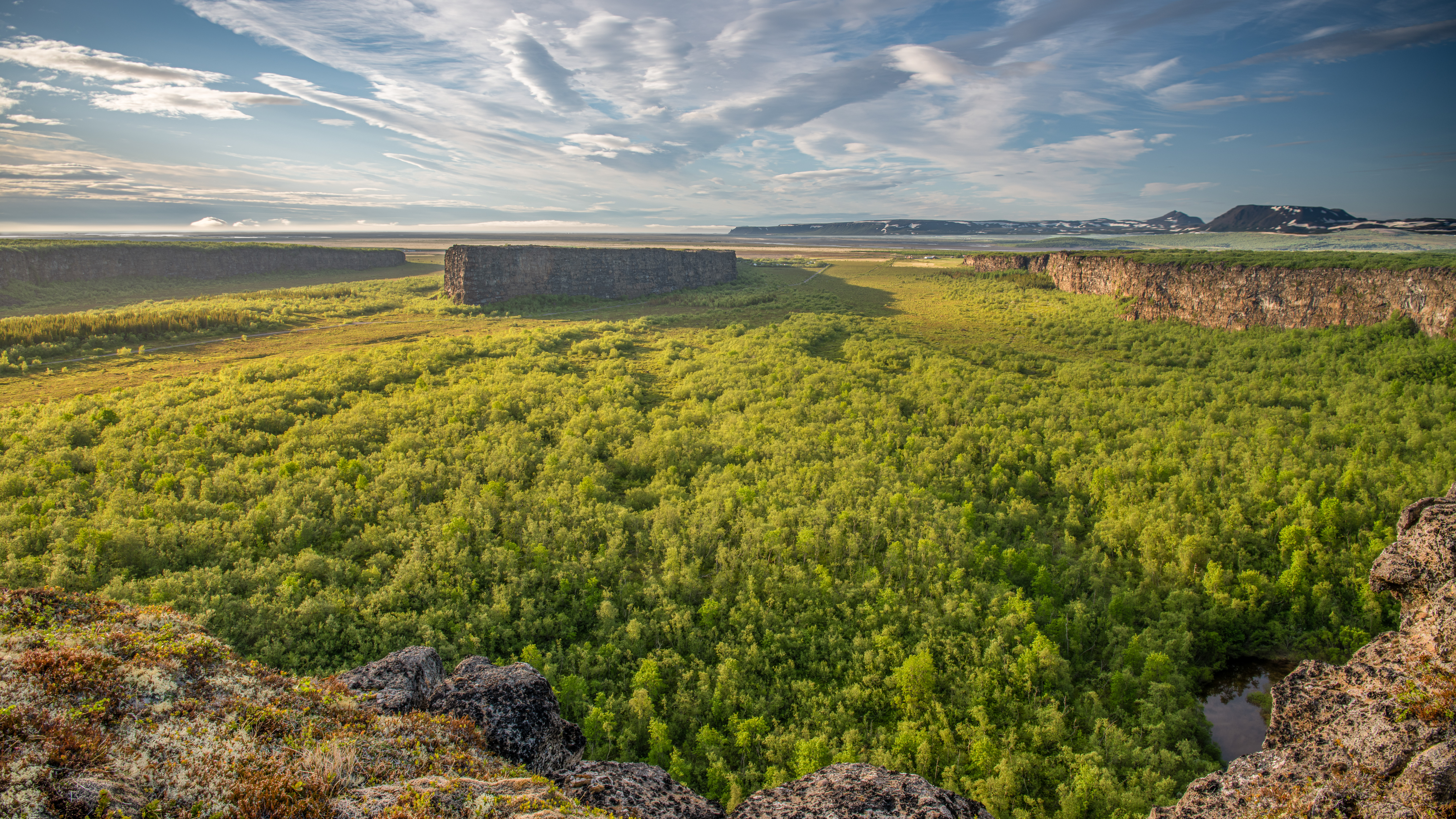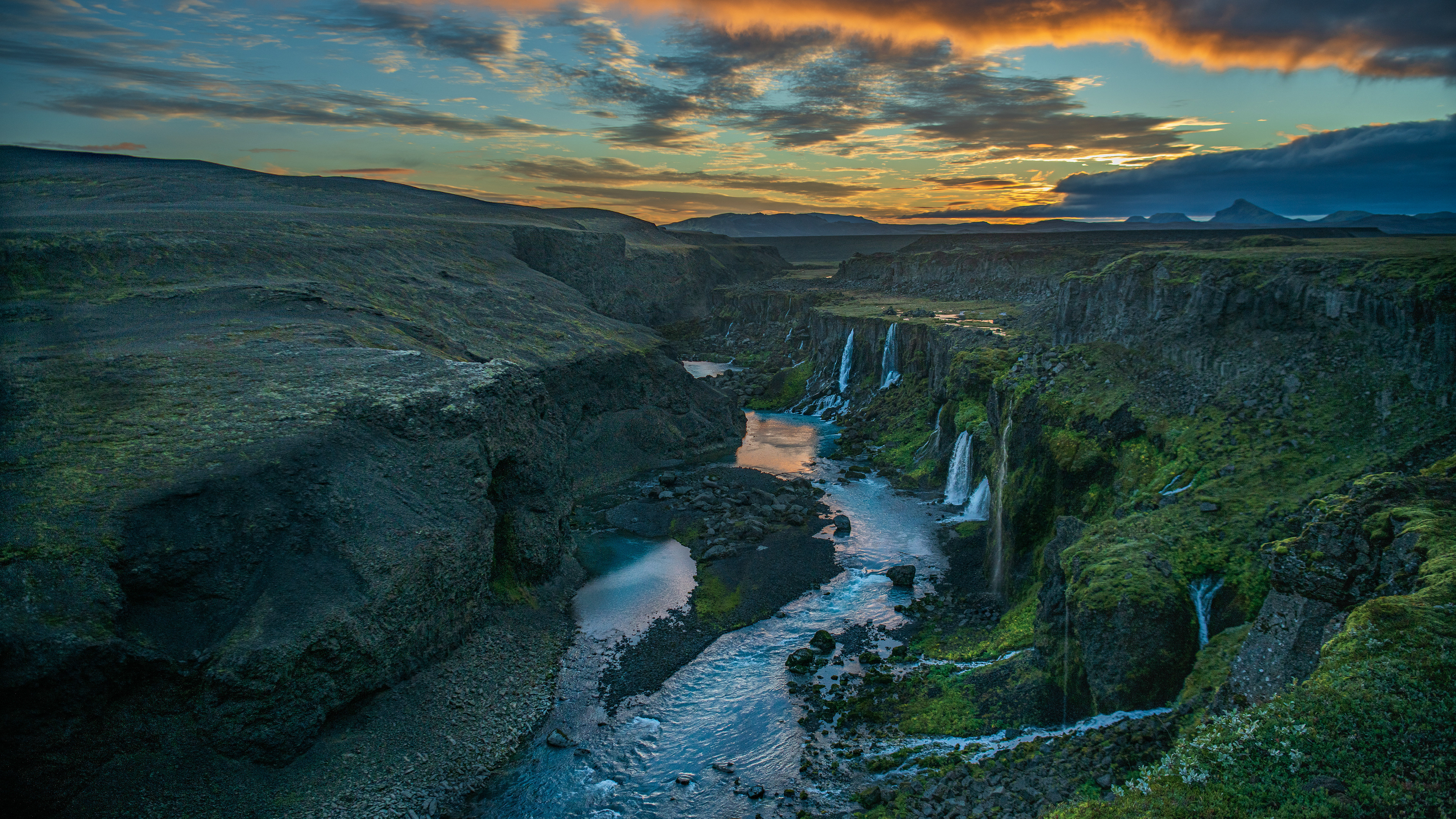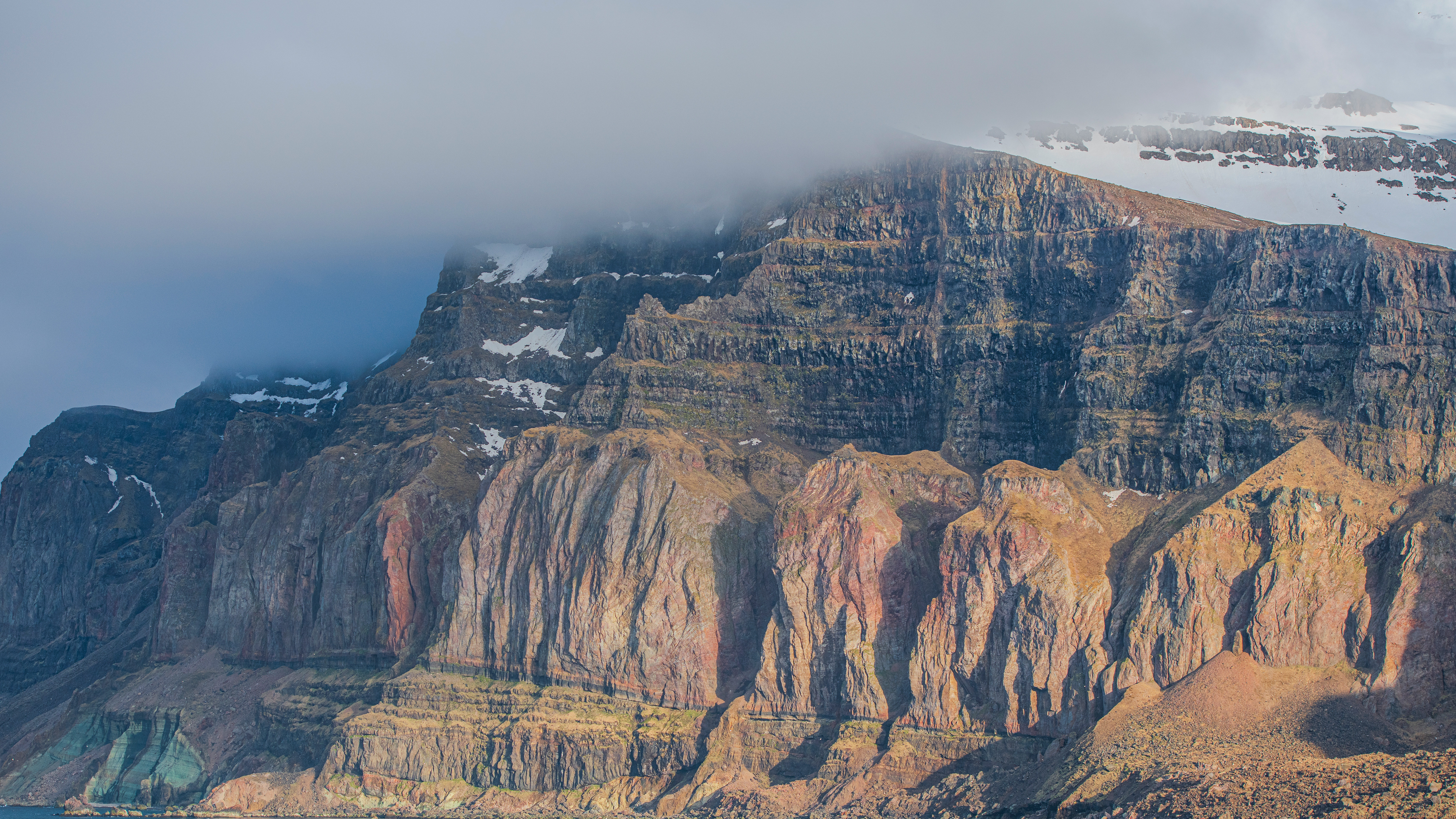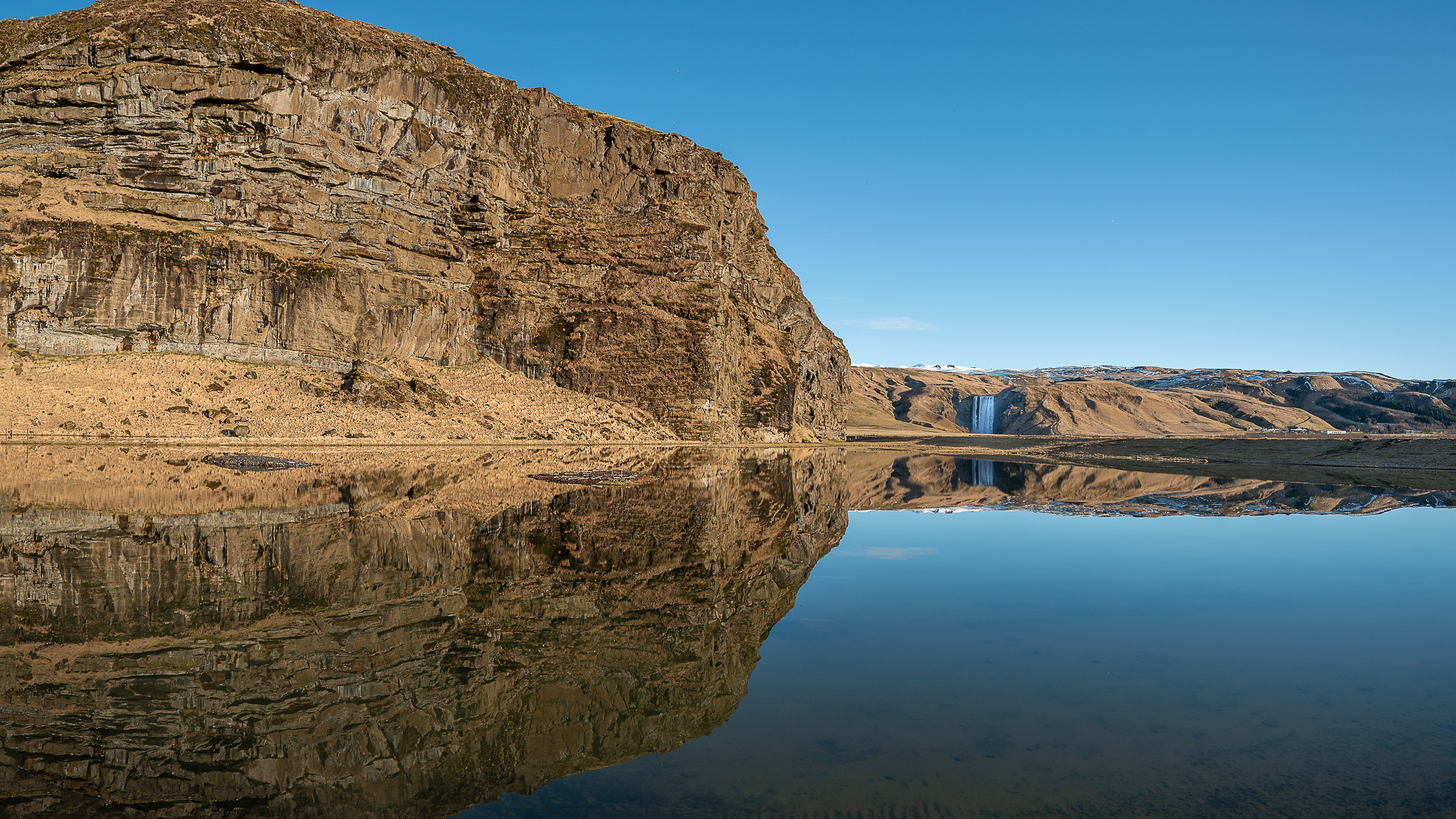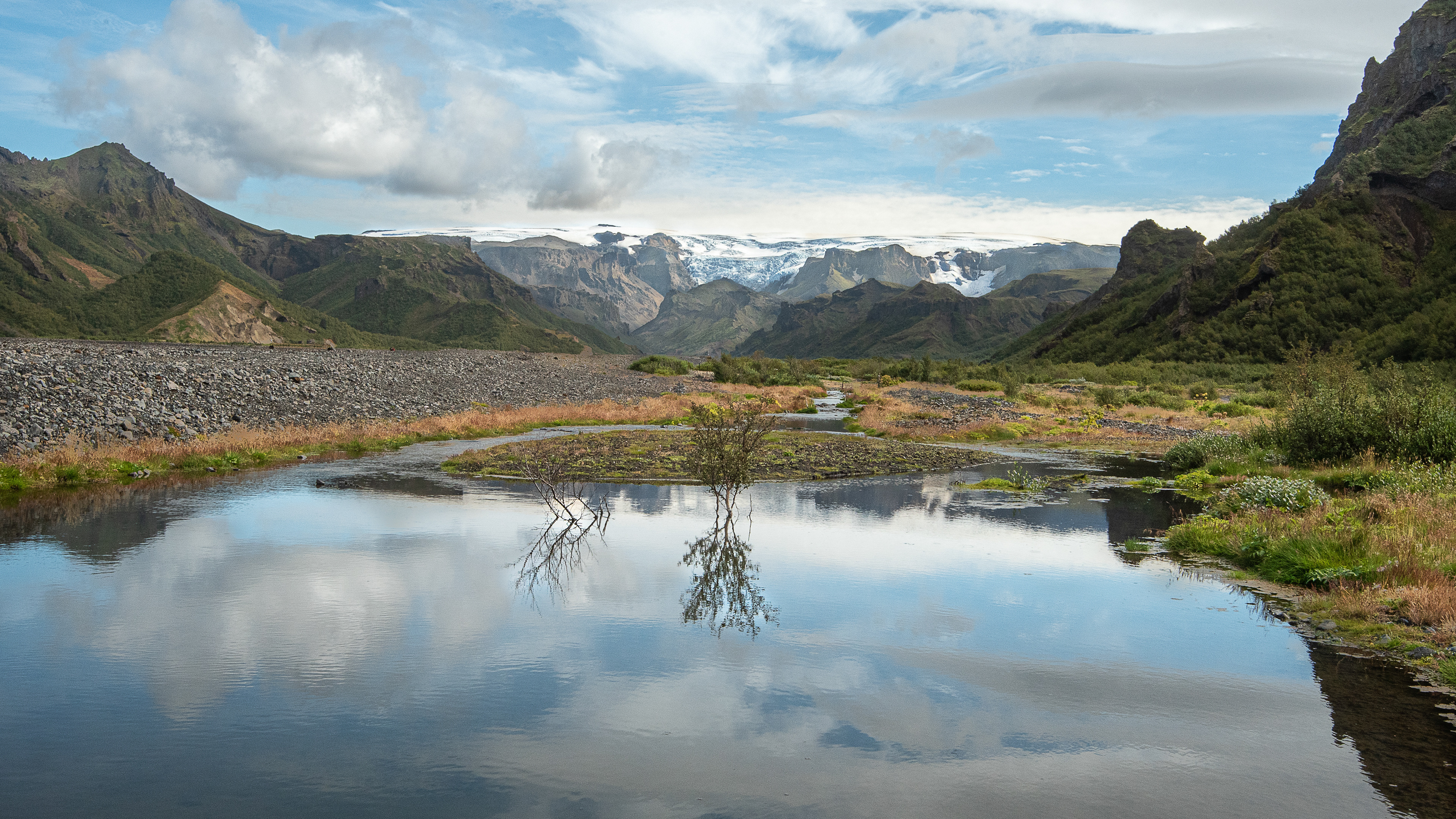In August 2016, I found myself at the breathtaking Stuðlagil Canyon, a hidden gem in Iceland that few had yet to discover. As I stood amidst the towering basalt columns and the shimmering turquoise waters, it felt as though I had stumbled upon an untouched paradise, with only a handful of local residents nearby. I couldn't resist capturing the beauty of this natural wonder, and after publishing my photographs and writing an article for Wow Air Magazine, everything shifted dramatically. Read the story here
Within just a few years, Stuðlagil transformed into one of Iceland's most sought-after destinations. By 2020, it had emerged as the most popular tourist attraction among Icelanders themselves, quickly advancing on a trajectory to join the ranks of the country’s top ten attractions. A report from The Icelandic Tourism Research Center, released in November 2019, recognized my efforts in both discovering this majestic canyon and giving it its name.
Reflecting on that unforgettable experience, I remember the serene moments my younger daughter, Halla Einarsdóttir, and I shared there, reveling in the solitude of a place that would soon see an influx of visitors. For hours, we explored the canyon, captivated by its pristine beauty, all before it became a bustling hotspot for tourists. As the years have passed, hundreds of thousands have flocked to this remarkable site, leading to an investment in the area amounting to hundreds of millions of krónur. Here, I invite you to enjoy the exclusive photos from that original visit, a time when Stuðlagil remained a well-kept secret, untouched by the hands of modern tourism. Stuðlagil Basalt Column Canyon.
Experiencing the landscape at the bottom of the canyon was truly a magical moment, filled with awe and wonder. The tranquil turquoise river, so smooth and gentle, stood in stark contrast to the fierce glacial river that had surged through just a few months prior. The basalt columns, shaped over thousands of years, had bravely endured beneath the weight of the high-volume glacial flow, revealing the stunning beauty of nature’s resilience. For a photographer, encountering this breathtaking combination of natural wonders was both overwhelming and deeply moving, leaving one almost speechless in its presence.
As I prepared for the photographs, I engaged in conversations with the farmer who lived near the canyon, as well as with the farmer who owned the land on the eastern bank of the river. This was not just a formal formality; it was a crucial step to ensure I had their permission and to gather insights about the area. During these discussions, I sensed the unique beauty and potential of this landscape, which I believed would inevitably draw attention from many photography enthusiasts. The mesmerizing scenery and intricate details of the surroundings made it abundantly clear to me that this location was destined to become a notable hotspot for photographers in search of captivating imagery.
The canyon is a stunning tapestry of colors, with the turquoise hues of the river shimmering beneath the sunlight. Alongside this vibrant water, the landscape boasts cliffs of deep orange and fiery red, likely rich in iron, which dramatically enhance the visual diversity of the scenery. Rich vegetation also flourishes in this remarkable setting, adding splashes of green that contrast beautifully with the rocky formations. For photography enthusiasts, the canyon offers an abundance of captivating foregrounds, each promising to frame the breathtaking backdrop in a uniquely striking way.
The western side of the canyon offers a significantly less engaging experience and provides a limited perspective of its grandeur. The newly constructed observation platform is strangely situated and features an excessive number of steps, which detracts from its utility; furthermore, it affords only a minimal view of the canyon's true magnificence. For photographers, the western aspect proves to be an inefficient use of time, as capturing the canyon’s beauty from the Grund or the western side presents numerous challenges. For serious photographers and nature lovers, the eastern side remains the sole viable option. This location allows access to the canyon's base, which is essential for effective photography.
Stuðlagil is part of my Ring Road article with recommendations and places to visit on hiticeland.com
Stuðlagil Basalt column canyon - a view from the bottom of the river towards the north
Stuðlagil Canyon in August 2016, before it became a famous tourist destination. It was untouched and very few people had come to visit this magnificent canyon.

Stuðlagil Canyon in August 2016 before it became a famous tourist destination
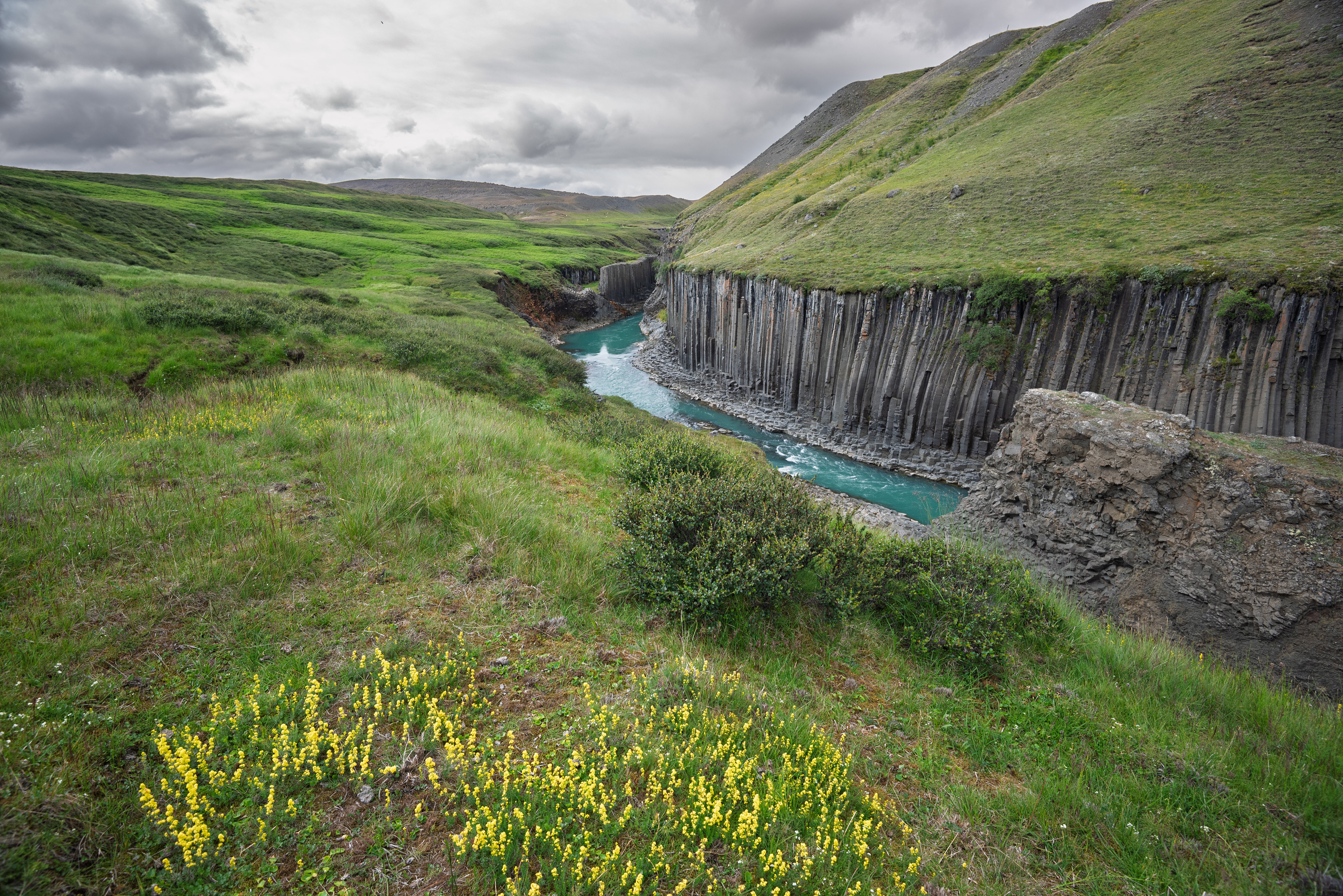
Stuðlagil Canyon in August 2016 before it became a famous tourist destination

Stuðlagil Canyon in August 2016 before it became a famous tourist destination
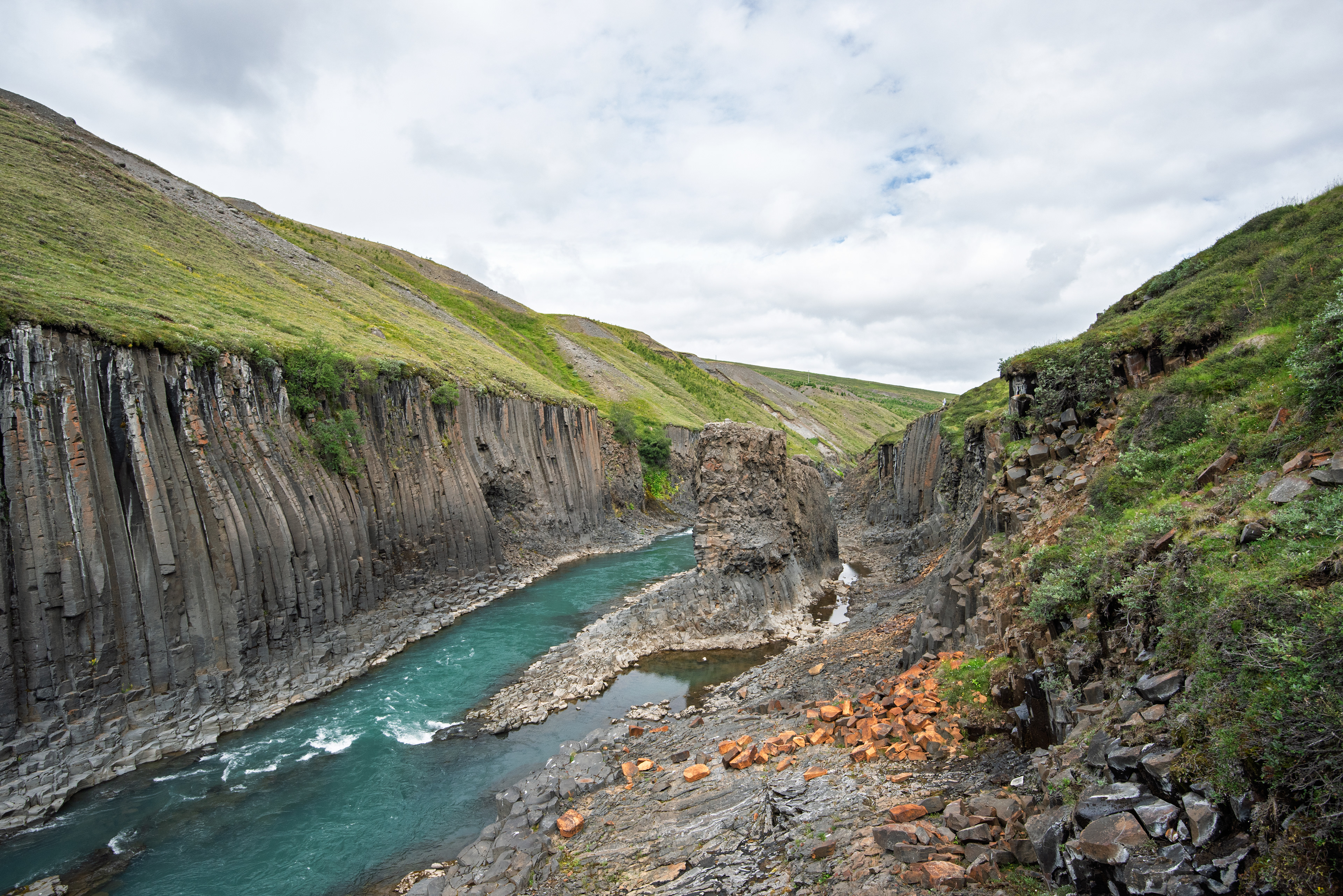
Stuðlagil Canyon in August 2016 before it became a famous tourist destination
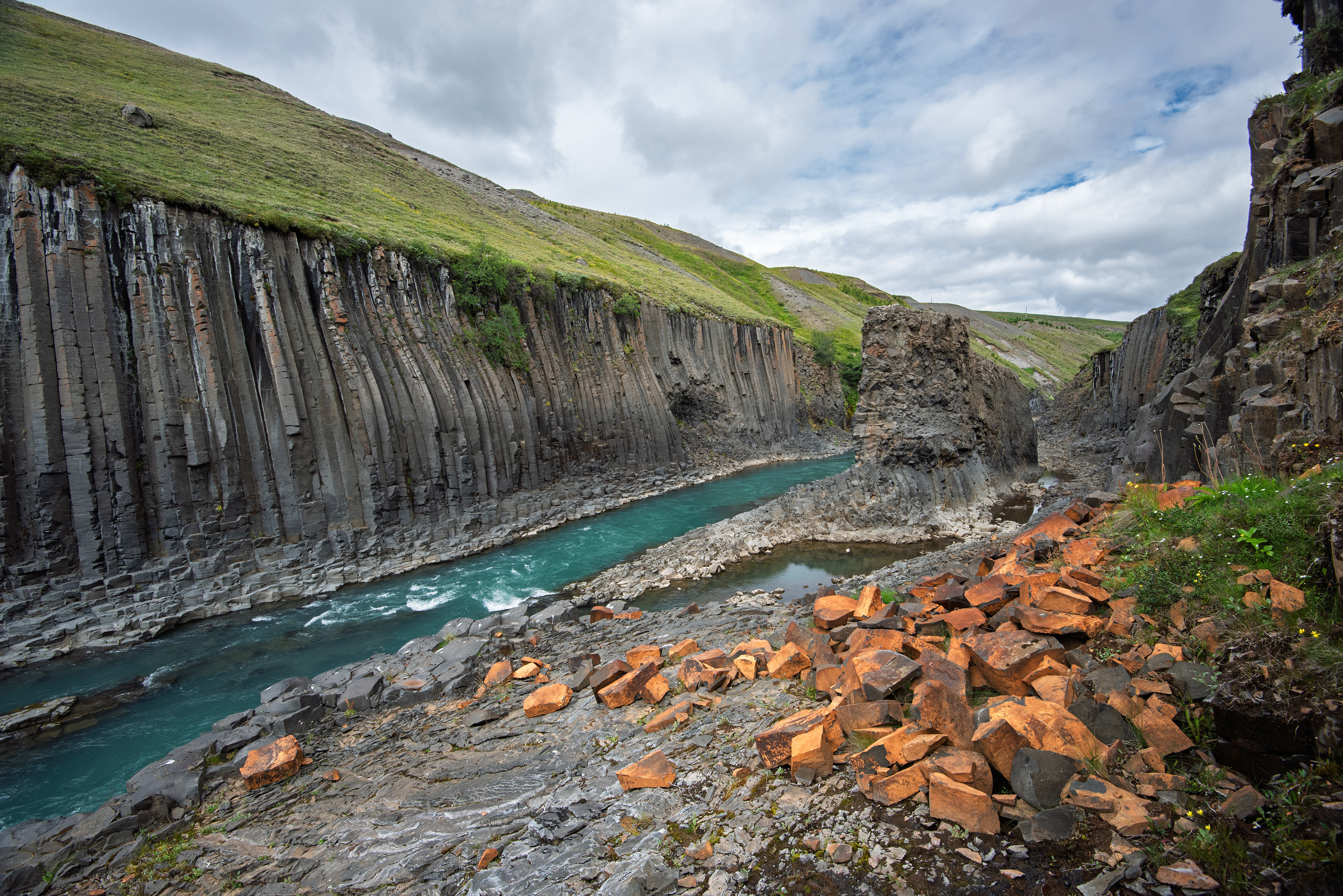
Stuðlagil Canyon in August 2016 before it became a famous tourist destination
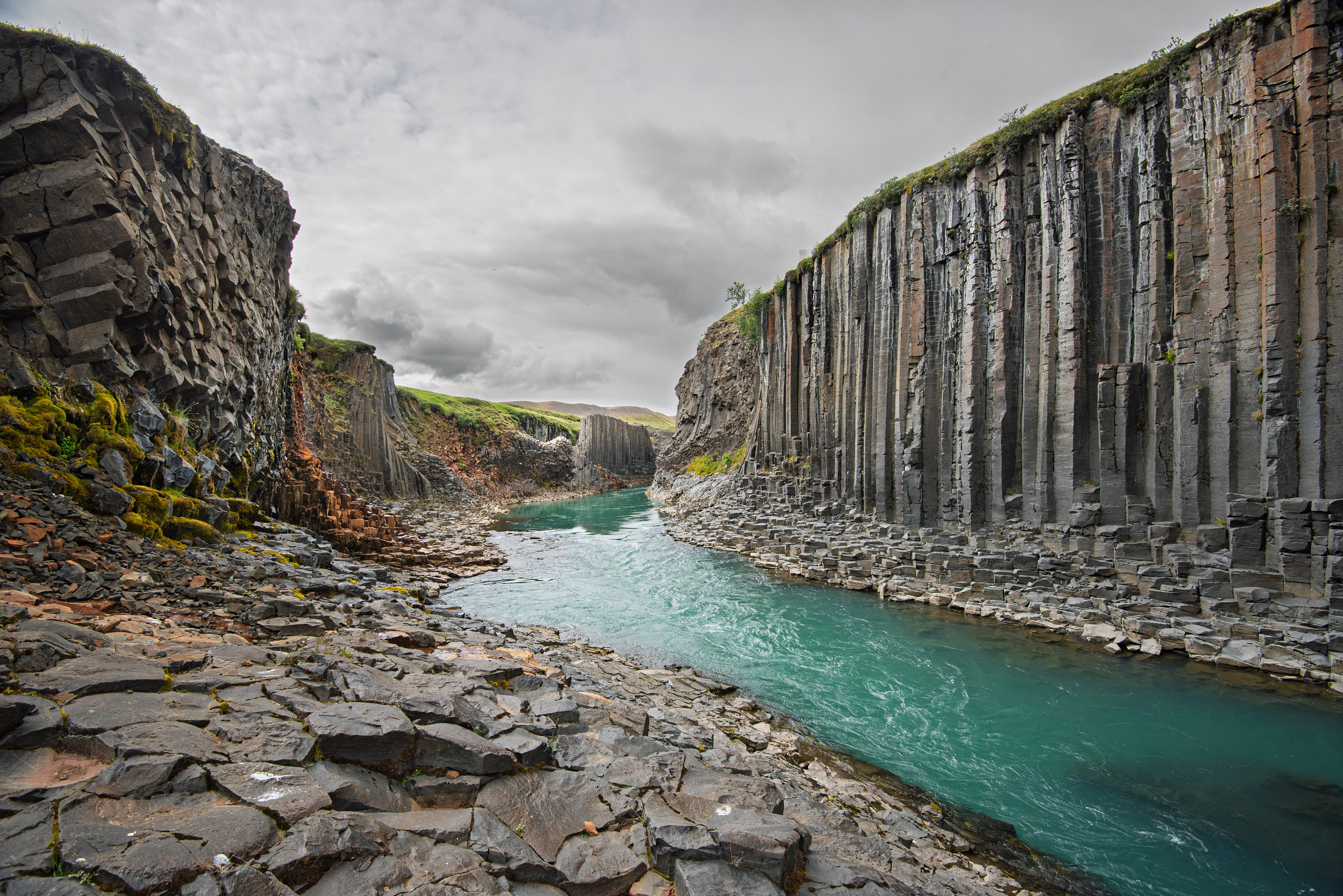
Stuðlagil Canyon in August 2016 before it became a famous tourist destination
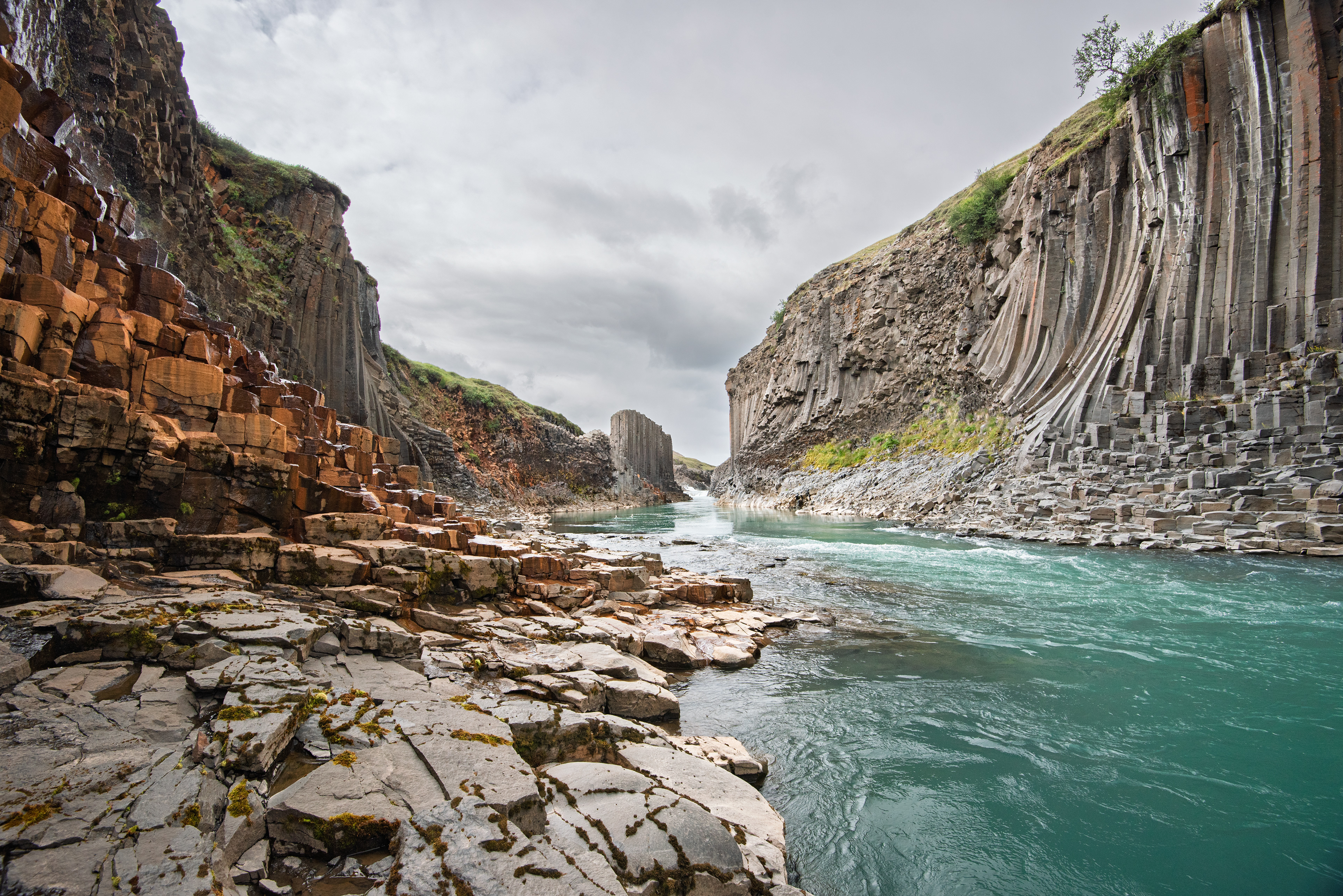
Stuðlagil Canyon in August 2016 before it became a famous tourist destination
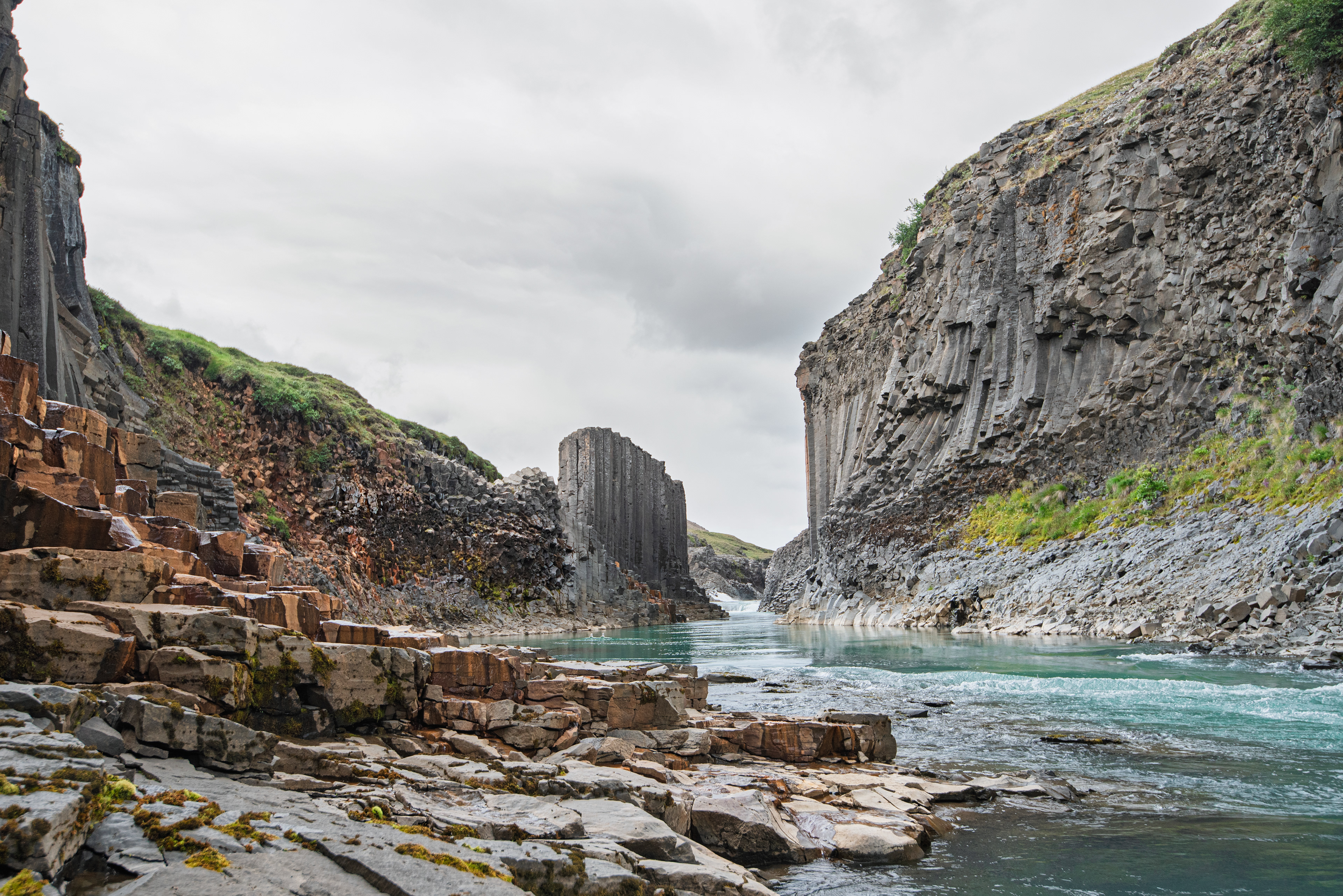
Stuðlagil Canyon in August 2016 before it became a famous tourist destination

Stuðlagil Canyon in August 2016 before it became a famous tourist destination

